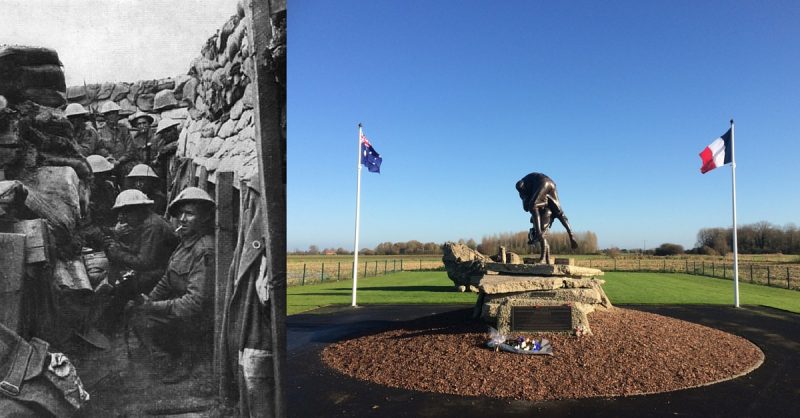Horrifying loss was the defining feature of the First World War. For much of 1916, the focus of that horror on the Western Front was the Battle of the Somme (1 July to 18 November), during which the British and French tried to push the Germans back around the River Somme.
Over a million men were killed and wounded in an offensive that gained only six miles of ground.
But while most eyes were on the Somme, devastating losses were also happening in Fromelles.
Supporting the Somme
The Battle of Fromelles took place on 19-20 July 1916, 50 miles south of the Battle of the Somme. It was intended to exploit the advantage that the Allies thought the Somme offensive was bringing them. Despite the lack of progress, there was a belief among the British command that the German defenses along the Somme might soon fall, and other parts of the army were to be ready to make the most of this.
By launching secondary offensives, the British hoped to occupy German troops and so give themselves an edge in the main battle.
British Preparations
The British forces, under General Richard Haking, consisted of members of First Army XI Corps from the United Kingdom, along with members of the Australian Imperial Force (AIF). Australia was still a dominion of the British Empire, and the AIF forces were volunteers who had come to fight for the mother country.
The attack was to take place along a front of just under four miles. Like all offensives of World War One, it was preceded by an artillery bombardment. 374 artillery pieces spent 18 July bombarding the German lines. German artillery retaliated, as was also common in the war.
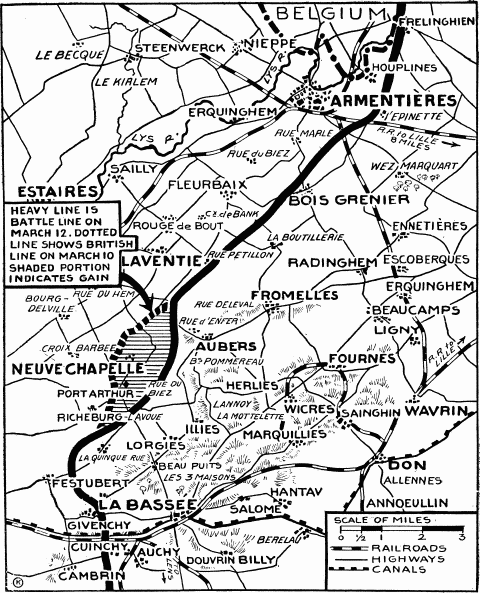
The British believed that the Germans had been weakened by the artillery attack, even though the barbed wire had clearly not been cut along much of the line.
German Defenses
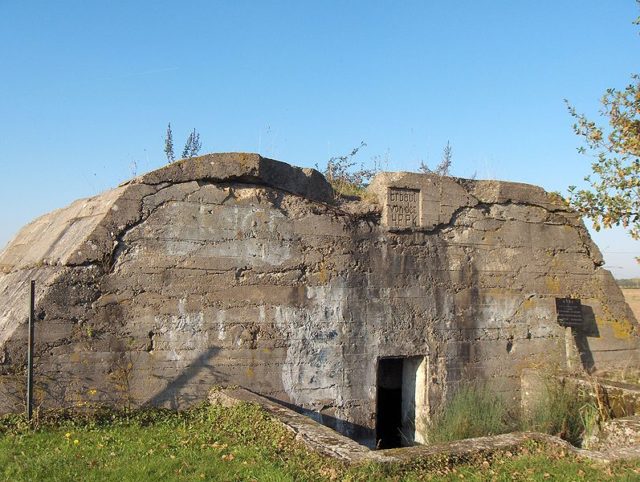
The principal defenders of the German line were the 6th Bavarian Reserve Division, a unit that consisted mostly of recalled reservists.
Under orders from General Von Falkenhayn, the German chief of staff for the first half of the war, defenses in depth had been dug at Fromelles, as along most of the Western Front. Begun in January 1915, the German construction program involved laying barbed wire, building camouflaged concrete gunnery nests in critical locations, and digging the second line of defense. The idea was that, if the first line fell, troops could retreat to the second line and prepare a counter attack. It was designed to prevent precisely the sort of breakthrough the British sought.
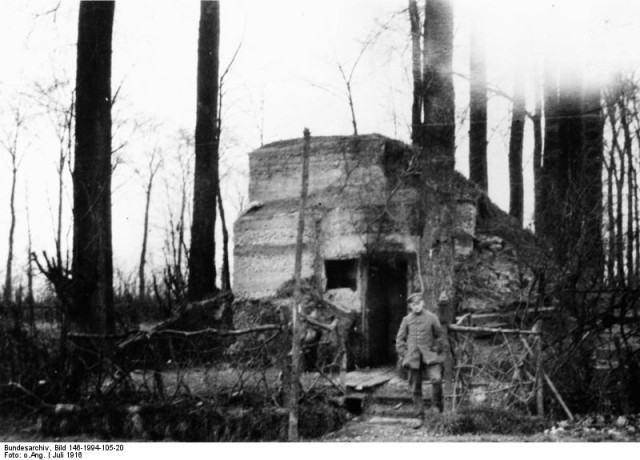
Like so much of the Western Front, the improvised defenses of the early war had been replaced by thick, artillery resistant bunkers, fortified firing posts, sturdy lines of trenches and miles of barbed wire. It was a position in which artillery would cause few casualties.
Shortly before the British offensive, the Bavarians had proven what they were capable of. On 15 July, a raid by 100 Bavarians penetrated the British lines, causing 100 casualties and taking three prisoners, while suffering only a third of that number of losses.
Ugly Ground
No man’s land around Fromelles was 100-400 yards wide, and it was a mess. Aside from the impact of artillery, bad weather had turned the ground to mud.
This was what the British and Australian forces would advance into.
The Assault
The attack began at 5:30 pm on 19 July. After several false stops intended to lure out German troops, the artillery barrage ended. British and Australian troops advanced in broad daylight into the quagmire of no man’s land.
For some, the attack immediately turned to carnage. German machine-gun fire turned Allied sally ports into death traps from which the soldiers were unable to escape. In the center, artillery fire stopped the 183rd Brigade even using their sally ports to leave their trenches. The left battalion of the 184th Brigade was almost entirely annihilated by artillery, only for the survivors to be cut down as they reached the German trenches.
Australian troops in the center and on the right had more success than their British counterparts. The AIF 8th and 14th Brigades seized 1000 meters of the German lines. When they advanced beyond this, they were surprised to find open ground, which prevented them from capturing more German trenches.
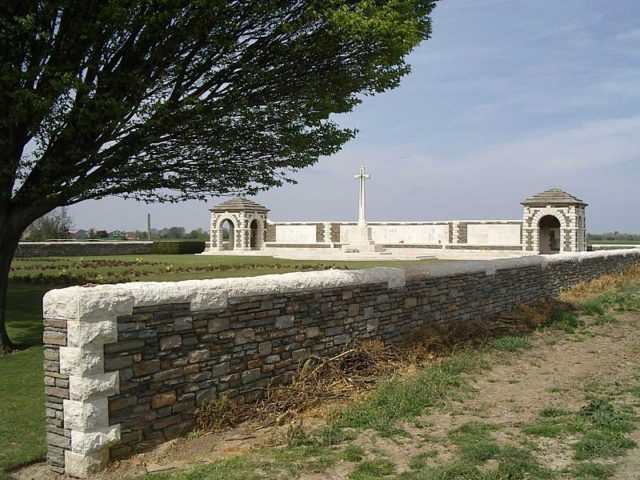
The Worst 24 Hours
Night fell while artillery shells flew from both sides. Further advances were planned by the British commanders, then canceled or postponed. Members of the 182nd Brigade in German lines were overwhelmed by a counter-attack. General Haking withdrew some troops under cover of darkness.
News of the postponement of one of the offensives did not reach the Australian 58th Battalion. Together with part of the 59th Battalion they advanced into no man’s land, were stopped there with heavy casualties, and eventually withdrew.
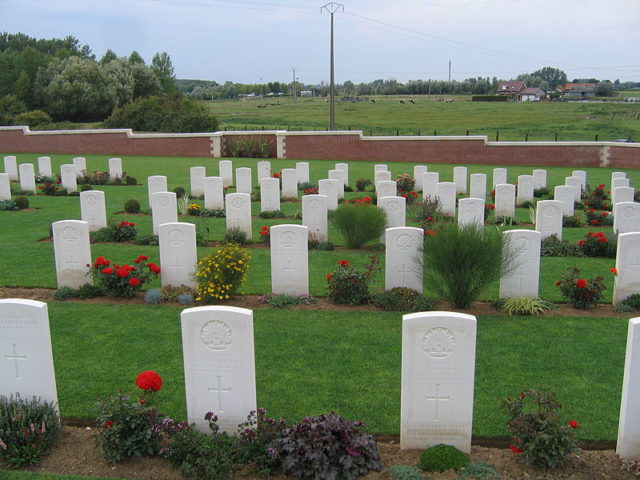
The Germans were slow to consolidate and counter-attack, but when the counter-attack came, the Allied troops were unable to resist. A gradual withdrawal through the night, with artillery providing cover, left many soldiers cut off, becoming prisoners of the Germans.
The order to retreat reached the remaining British and Australian troops at 7:50 am. German soldiers had got behind their right flank, their fire harrying the Australian retreat. By mid-morning on 20 July both sides were back in their trenches, rebuilding their defences and sending men to retrieve the injured from the open ground between the lines.
Fromelles was the greatest loss of Australian lives in the war up to that time, and it had gained nothing. The Australian War Memorial describes it as “the worst 24 hours in Australia’s entire history.”
